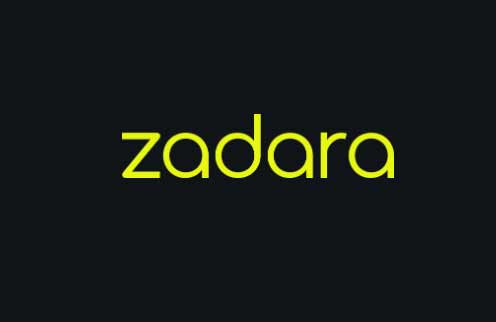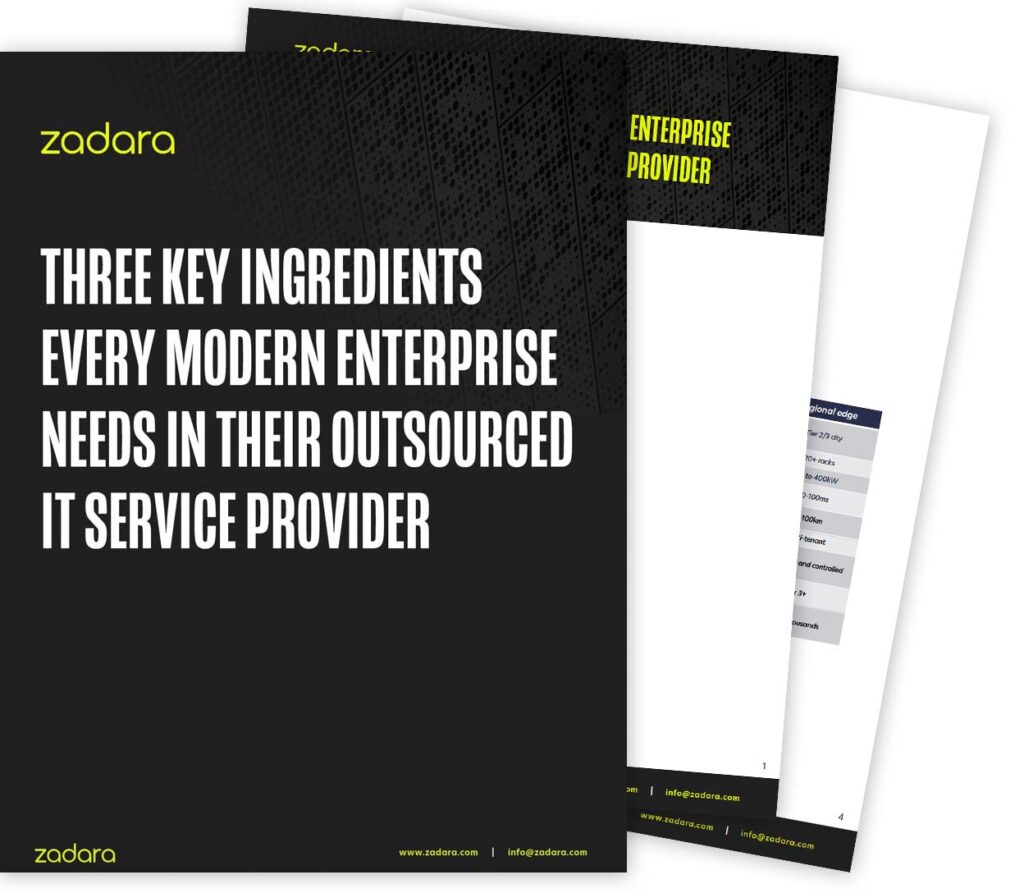In February of 2017, the internet was hit with a massive shutdown that impacted some of the most popular sites on the web. And it was all because of a single typo. While attempting to take a small number of servers offline, a member of one of the largest cloud service providers inadvertently entered the wrong command, causing a much larger set of servers than intended to go down.
The websites associated with household names like Expedia, Target, Quora, Gizmodo, the Disney Store, Imgur, and even the U.S. Securities and Exchange Commission, along with thousands of smaller sites, were affected. Some suffered substantial slowdowns, while others became completely inaccessible. According to a Wall Street Journal report, the four-hour outage cost S&P 500 companies $150 million in lost revenues.
Yet customers of Zadara Storage were not affected at all. None of them lost access to their cloud-based data. Why? Because of Zadara’s multi-cloud strategy that provides customers with concurrent access to over 100 clouds on four continents. In particular, the Zadara Storage Cloud allows users to asynchronously replicate their data to the big three public clouds, AWS, Microsoft Azure, and Google Cloud Platform, as well as many others.
When the unexpected occurred, Zadara’s customers were protected by having their data accessible from more than one cloud provider.
A Multi-Cloud Solution Is Crucial For Disaster Recovery
TechTarget’s Margaret Rouse defines a multi-cloud strategy as “the concomitant use of two or more cloud services to minimize the risk of widespread data loss or downtime due to a localized component failure in a cloud computing environment.” That definition embodies the most critical aspect of a multi-cloud approach: providing a high level of disaster recovery capability by safeguarding data from the effects of localized disruptions.
The fact is that even the very best cloud platforms will suffer outages at time. Disruptions will occur and storage users need to be prepared for them. Zadara co-founder and CEO Nelson Nahum puts it this way: “I think what is important here isn’t the outage. What is important is people will start recognizing that you need to have the data in two locations in order to be safe.”
That advice is embodied in Zadara’s approach to data backup and disaster recovery. The company’s Multi-Zone High Availability option, for example, allows customers to geographically distribute their data, and automatically failover between different cities around the world in real time. And because of its ability to asynchronously replicate data between clouds, Zadara’s solution allows almost instant failover between clouds.
Benefits of a Multi-Cloud Approach
In addition to the critical disaster recovery capability inherent in a well implemented multi-cloud solution, there are other important advantages to that approach.
Some customers, for example, highly value not being locked into any one cloud provider. Having a number of options allows them to negotiate for the best prices and terms to meet their particular requirements. Being able to quickly switch from one cloud to another gives them the flexibility to take advantage of the best offerings of each provider as business conditions change or technological innovation unleashes enhanced capabilities.
Specific workloads may perform better on one cloud platform than on another – no one provider can be all things to all people. For example, many users who run Windows applications consider Microsoft Azure a natural fit. On the other hand, AWS has long been the cloud of choice for Open Source applications. A multi-cloud approach allows users to match particular workloads with the most appropriate cloud platforms.
One of the biggest difficulties of pursuing a multi-cloud strategy is the complexity of managing different storage implementations, each with its own feature set, user interface, access methodologies, and terminology. But with Zadara all those elements function the same no matter which cloud provider is used. Customers are presented with a consistent, cloud-independent dashboard through which they can manage all aspects of their storage infrastructure. The result is that the Zadara solution actually reduces storage management complexity in a multi-cloud environment.
Another important benefit of the Zadara multi-cloud capability is that because customers can concurrently connect to multiple cloud service providers and share data between them, they can easily and quickly migrate their data between the various public cloud platforms.
The Zadara Multi-Cloud Advantage
The definitive features of the Zadara Storage Cloud, including High Availability, elastic scalability, predictable performance, management simplicity, and best-in-breed data backup and disaster recovery functionality, can be applied uniformly across all supported clouds. That’s the real Zadara multi-cloud advantage.
If you’d like to know more about how the multi-cloud capabilities of the Zadara Storage Cloud can work for you, please contact us.







